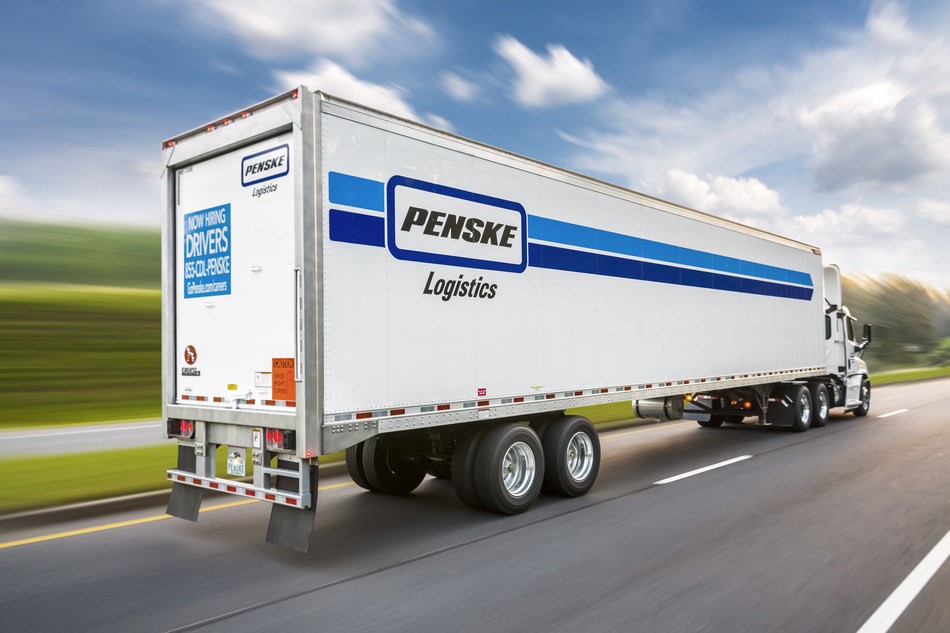Responsive, Cost-Effective and Greener Supply Chains among Themes of 2020 Third-Party Logistics Study

The main topics in this year’s study are analytics, 3PL relationships and the continued greening of the supply chain
The modern supply chain is complex and in order for the world’s leading companies to deliver their goods and services in an expedient, cost-conscious and environmentally friendly fashion, they are increasingly turning to third-party logistics companies to achieve these goals. These are among the themes of the 2020 Third-Party Logistics Study, released today at the Council of Supply Chain Management Professionals EDGE conference.
The main topics in this year’s study are analytics in the shipper (companies that manufacture and distribute goods and services) and 3PL relationships; the growth of supply chain finance; and the continued greening of the supply chain.
Here are some insights gleaned from the 2020 3PL Study:
- When shippers turn to 3PLs for supply chain improvements, what is their biggest need? That would be technology. Top 3PLs have already built out a robust tech infrastructure that contains the right tools for the job and best practices already realized by being field tested with an array of customers.
- What are top challenges in the modern supply chain? The study lays out a half-dozen common concerns: e-commerce growth; economic uncertainty following what is arguably the longest bull market run in the history of the stock market; the truck driver shortage; disruptive technologies (e.g., drones, automated vehicles, cloud-based capabilities); relationship necessities, namely supply chain alignment strategies; and competitive challenges.
- How analytics fit into the supply chain. The five most common referred-to types are: descriptive (explain what is happening); diagnostic (understand why); predictive (forecasting); prescriptive (suggest what should be done) and using cognitive/artificial intelligence/machine learning, to identify patterns of activity. In the study 95% of shippers and 99% of 3PLs agree that analytics are a necessary element of 3PL expertise. But, only 26% of shippers and 27% of 3PLs are satisfied with current analytic capabilities. The issues rest with the ways to create clean and useful data, and insufficient resources to best utilize analytics (are there data scientists on the team?). This has created a large analytics gap that warrants further study.
- Why is there an analytics gap? According to the study a big roadblock is when the shipper and 3PL are not in total agreement on a strategic plan on the best use of analytics: what is the need and how to best serve it? It could be a battle of the old vs. the new. Many shippers currently employ legacy systems that are difficult to connect with today’s hardware and software. In general the supply chain, like many areas of the business world, may be slow to adopt new approaches.
- As geopolitical volatility affects global operations, supply chain finance is becoming critical. The survey revealed that 26% of shippers employ a supply chain finance professional at the vice president level; 31% report having someone with the director title. For shippers their top supply chain finance costs are freight payment audit (72%), total landed cost (57%) and letters of credit (37%). For 3PLs, top supply chain finance costs are freight payment audit (71%), letters of credit (39%) and open accounts (36%). The study also unearthed that 70% of shippers manage their impact of global political decisions internally; 20% aren’t managing it at all; and 19% use 3PLs to do so.
- The greening of the supply chain continues on. Why do shippers and 3PLs feel the need to introduce more sustainability into their supply chains? The top reasons are regulatory requirements, public perception and cost savings. For shippers these are the leading uses: optimization, such as route and load (76%); tracking and reporting emissions (42%); voluntary programs (38%) like the U.S. Environmental Protection Agency (EPA) SmartWay program; and the use of alternative fuels (16%). For 3PLs, the lists reads as follows: optimization (78%); voluntary programs (63%); tracking and reporting emissions (39%); and using alternative fuels (19%). Today’s heavy-duty Class 8 trucks get better fuel efficiency when they’re outfitted with effective aerodynamic packages, employing late model trucks with cutting-edge engines that lead to better miles per gallon results, and have truck drivers that are better trained. Electric vehicle technology is a hot topic.
Shanton Wilcox, head of North America Supply Chain, Infosys Consulting: “Natural, political and operational disruptions are the new normal in today’s global supply chains. To mitigate these risks, companies are increasingly leveraging supply chain finance.”
Joe Carlier, senior vice president of global sales, Penske Logistics: “There are many benefits to a more sustainable supply chain. We have a responsibility to be better environmental stewards. A smarter and more agile supply chain is also cost effective.”
Dating back to 1996, this study has documented the transformation of the third-party logistics industry. Dr. C. John Langley, clinical professor, supply chain information systems and director of development, Center for Supply Chain Research at Smeal College of Business at The Pennsylvania State University, initiated this research to capture and measure this evolving industry. As part of this year’s survey process, the study recorded 558 respondents. The 2020 study, as well as an archive of previous publications, is available at www.3PLStudy.com.
Category: Featured, General Update, Green, News









